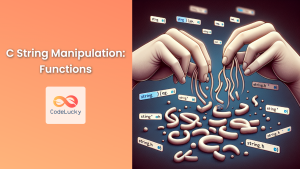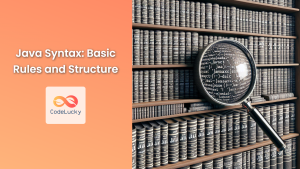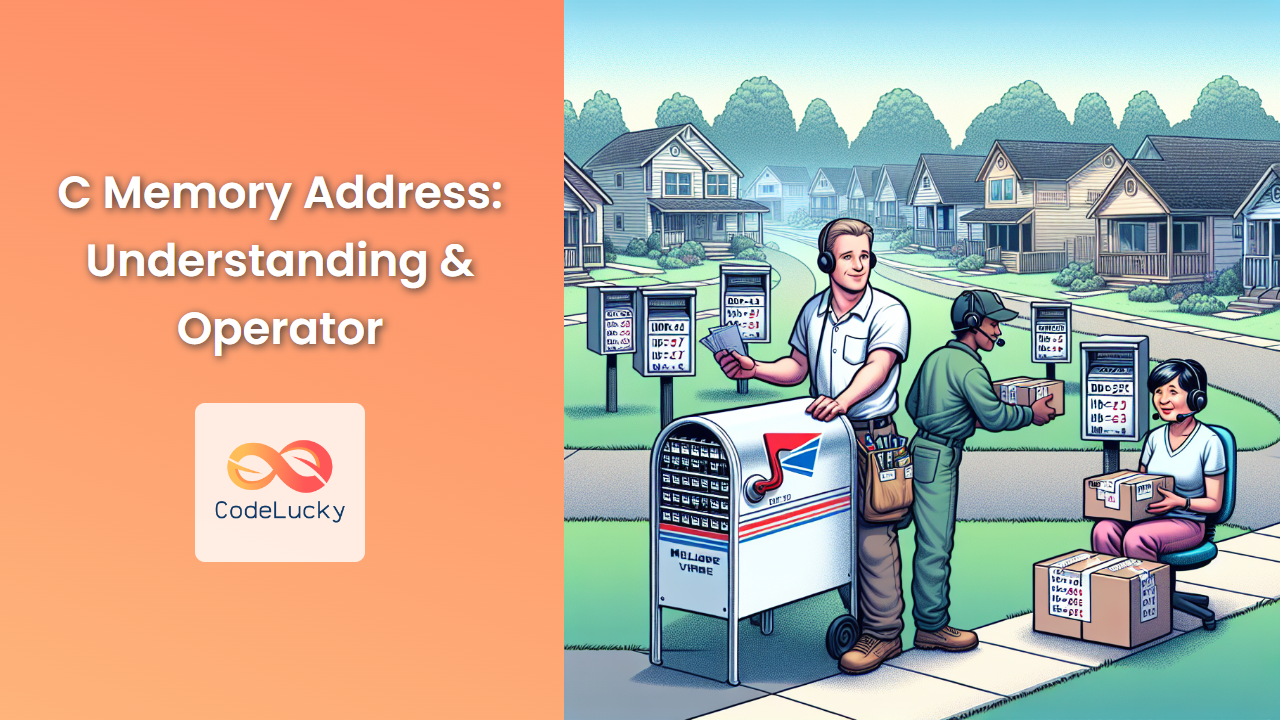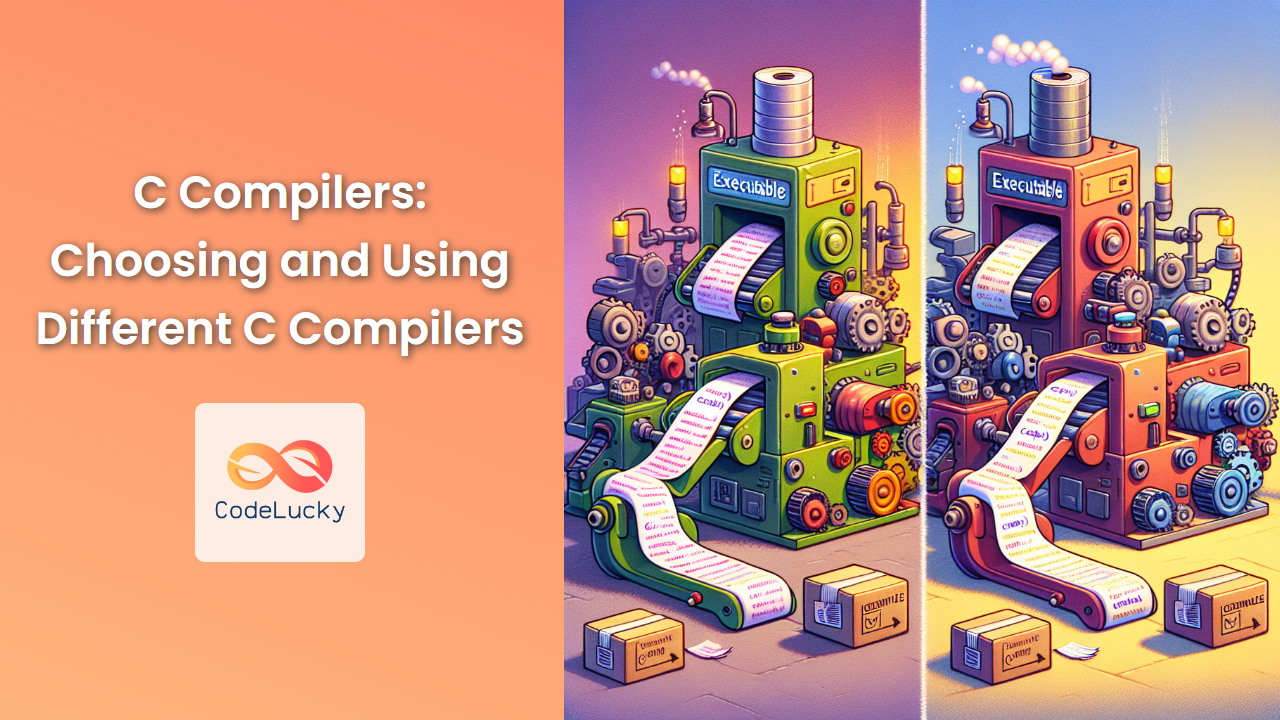Welcome to the exciting world of C programming! 🎉 In this comprehensive guide, we'll walk you through creating your very first C program: the classic "Hello, World!" This seemingly simple program is a rite of passage for programmers and serves as an excellent introduction to the C language's basic structure and syntax.
Understanding the "Hello, World!" Program
Let's dive right in and look at the code for our first C program:
#include <stdio.h>
int main() {
printf("Hello, World!\n");
return 0;
}
This small piece of code packs a lot of information. Let's break it down line by line:
-
#include <stdio.h>
This line is a preprocessor directive that tells the compiler to include the standard input/output library (stdio.h). This library contains theprintf()function, which we'll use to display our message. -
int main() {
This line declares the main function. In C, every program must have a main function, as it's the entry point of the program. Theintbeforemainindicates that the function will return an integer value. -
printf("Hello, World!\n");
This is where the magic happens! Theprintf()function is used to display text on the screen. The\nat the end of the string is a newline character, which moves the cursor to the next line after printing. -
return 0;
This line returns 0 to the operating system, indicating that the program executed successfully. It's a good practice to include this in your main function. -
}
This closing curly brace marks the end of the main function.
Compiling and Running Your First C Program
Now that we understand the code, let's compile and run it! 💻
- Open a text editor and copy the code above into a new file.
- Save the file with a
.cextension, for example,hello_world.c. - Open a terminal or command prompt and navigate to the directory where you saved the file.
-
Compile the program using a C compiler. If you're using GCC (GNU Compiler Collection), you can use this command:
gcc hello_world.c -o hello_worldThis command tells GCC to compile
hello_world.cand create an executable namedhello_world. -
Run the program:
./hello_worldOn Windows, you might need to use
hello_world.exeinstead.
If everything went well, you should see the following output:
Hello, World!
Congratulations! 🎊 You've just written, compiled, and run your first C program!
Common Issues and Troubleshooting
Even with a simple program like this, you might encounter some issues. Here are some common problems and their solutions:
-
Compiler not found: If you get an error saying the compiler isn't found, you may need to install a C compiler like GCC.
-
stdio.h not found: Ensure that you've typed
#include <stdio.h>correctly, including the angle brackets. -
Semicolon missing: C requires semicolons at the end of statements. If you forgot the semicolon after the
printf()function, you'll get a syntax error. -
Curly braces mismatched: Make sure you have both an opening
{and closing}brace for the main function.
Expanding Your "Hello, World!" Program
Now that you've got the basics down, let's expand our program a bit to showcase some more C features:
#include <stdio.h>
int main() {
char name[50];
int age;
printf("Hello, World!\n");
printf("What's your name? ");
scanf("%s", name);
printf("How old are you? ");
scanf("%d", &age);
printf("Nice to meet you, %s! You are %d years old.\n", name, age);
return 0;
}
This expanded version introduces several new concepts:
- Variable declaration: We declare a character array
nameto store the user's name, and an integeragefor their age. - User input: We use
scanf()to read input from the user. - Formatted output: We use
printf()with format specifiers (%sfor strings,%dfor integers) to display the user's input.
When you run this program, it will interact with the user. Here's an example of what the input and output might look like:
| Input | Output |
|---|---|
| Hello, World! | |
| What's your name? | |
| John | |
| How old are you? | |
| 25 | |
| Nice to meet you, John! You are 25 years old. |
Understanding C Data Types
In our expanded program, we used two different data types: char (for the name) and int (for the age). C provides several built-in data types to handle different kinds of data:
- int: For integer values (whole numbers)
- float: For single-precision floating-point numbers
- double: For double-precision floating-point numbers
- char: For single characters
- void: Represents the absence of type
Here's a quick example demonstrating these data types:
#include <stdio.h>
int main() {
int count = 10;
float pi = 3.14159;
double e = 2.71828182845904;
char grade = 'A';
printf("Count: %d\n", count);
printf("Pi: %f\n", pi);
printf("e: %lf\n", e);
printf("Grade: %c\n", grade);
return 0;
}
This program will output:
Count: 10
Pi: 3.141590
e: 2.718282
Grade: A
The Importance of "Hello, World!"
You might be wondering why "Hello, World!" is such a popular first program. Here are a few reasons:
- Simplicity: It's the simplest possible program that produces output, making it ideal for beginners.
- Verification: It confirms that your development environment is set up correctly.
- Tradition: It's been the de facto first program since it was introduced in the seminal book "The C Programming Language" by Brian Kernighan and Dennis Ritchie.
- Foundation: It introduces fundamental concepts like the main function, including libraries, and using functions like
printf().
Conclusion
Congratulations on writing your first C program! 🎓 You've taken your first step into the vast world of C programming. From this simple beginning, you can build complex applications, system software, and even operating systems.
Remember, every expert was once a beginner. Keep practicing, keep coding, and most importantly, keep learning. The journey of a thousand miles begins with a single step, and you've just taken that step with your "Hello, World!" program.
As you continue your C programming journey, you'll encounter more complex concepts like pointers, structures, file I/O, and dynamic memory allocation. But for now, celebrate this milestone. You're officially a C programmer!
Happy coding! 💻🚀



















